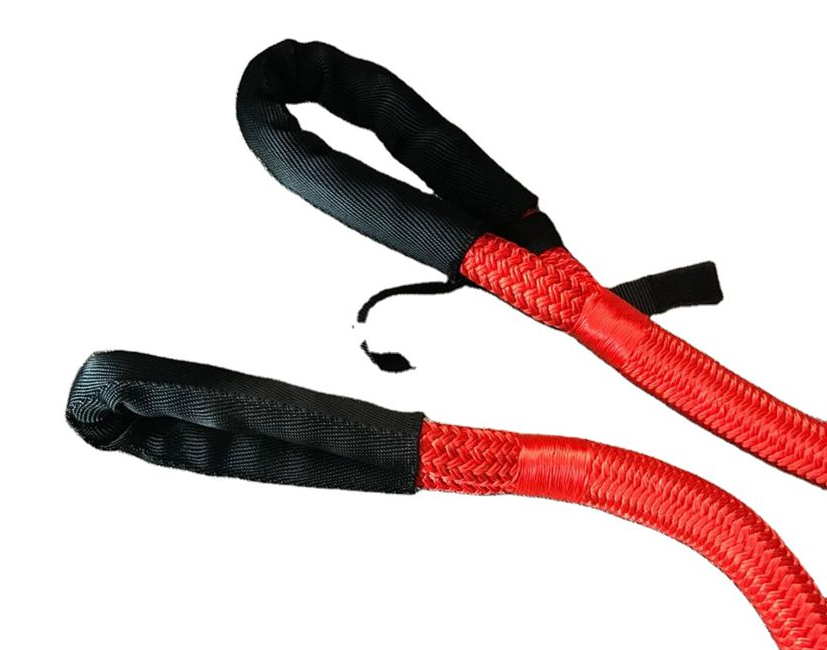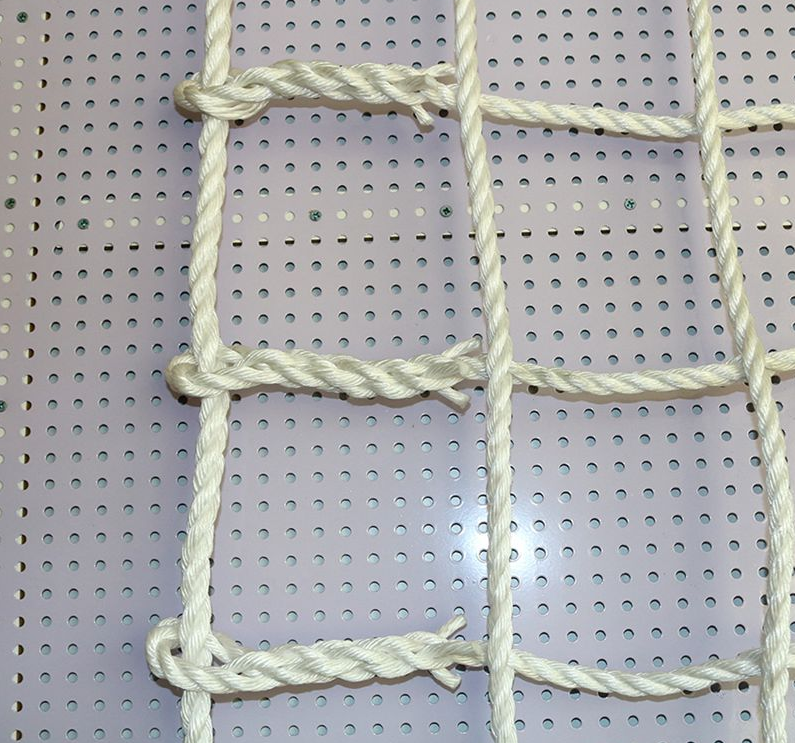Polypropylene Rope: Physical Components and Applications
Today, it is possible to manufacture durable, tight, high-strength polypropylene ropes. So you don't have to look too hard to find an affordable and functional rope that meets your needs.
What are the applications of polypropylene ropes? What components make up this type of rope and its physical properties? Please see the following articles for more details.
Components
Polypropylene is a thermoplastic "addition polymer" formed by the simple joining of monomers. Although polypropylene has similar properties to polyethylene, polypropylene rope is slightly stiffer and more heat resistant than polyethylene rope.
Polypropylene has a specific gravity of 0.91. Therefore, it is lighter than water and floats. This is why polypropylene rope is included in the list of options for items used in seawater.
Polypropylene multifilament Double Braided Rope
Physical properties
Polypropylene rope is trusted and used by users for various purposes due to the outstanding features that meet their needs. Moreover, you will be hard pressed to find any other rope that ensures the following outstanding features.
Resistant to mold and mildew
Most users need to use polypropylene rope for a long time. Freedom from the ubiquitous harmful mold and mildew - in the air and on many surfaces - gives this type of rope a long service life. If users do not need to use this rope, they can still safely store it in a dry place in the warehouse.
Abrasion resistance
Being able to withstand abrasion, polypropylene ropes will perfectly resist external influences. It can be continuously rubbed against different hard objects in use. However, with this ability, the ropes are guaranteed to remain intact or unaffected.
Resistant to radiation
To make polypropylene rope UV resistant, manufacturers use dyes and black carbon to protect it from the harmful effects of UV rays. In addition, antioxidants are often added to prevent degradation of the polymer. In addition, polypropylene ropes are resistant to acids, alkalis, oils and solvents.
High strength
The strength of polypropylene rope plays an extremely important role in its use. For this ability, it is the best and smartest candidate for activities such as camping, yachting and hard work.
Knotless Holder Net 100% polypropylene
Common applications
Polypropylene ropes are suitable for many different jobs such as mooring, anchoring, towing, marine engineering, rock climbing, safety nets, boat trawling, various fisheries and chemicals.
Marine applications
Due to its ability to retain its strength when wet, polypropylene ropes are the most suitable ropes for marine applications. Polypropylene maintains its normal level of strength even when wet.
Polypropylene rope is mainly used for marine fasteners. One can also use it in fisheries.
Other applications
Because of its high strength and excellent knotting properties, users find polypropylene rope can be used to secure tarpaulins, which are often used to protect bricks and masonry from weather damage during construction.
In addition, this rope is also used for making tents or barriers, as well as for climbing rough structures for the armed forces. Please follow BARONROPE to know more of our products.
In summary, the demand for polypropylene ropes varies depending on the use and size of the rope. You can find its application in marine, defense, chemical, transportation industry, railroad, agriculture, oil, etc. However, the current demand for polypropylene ropes mainly comes from marine and fishing industry.
Please click the button to see more info, and get in touch with us.


评论
发表评论